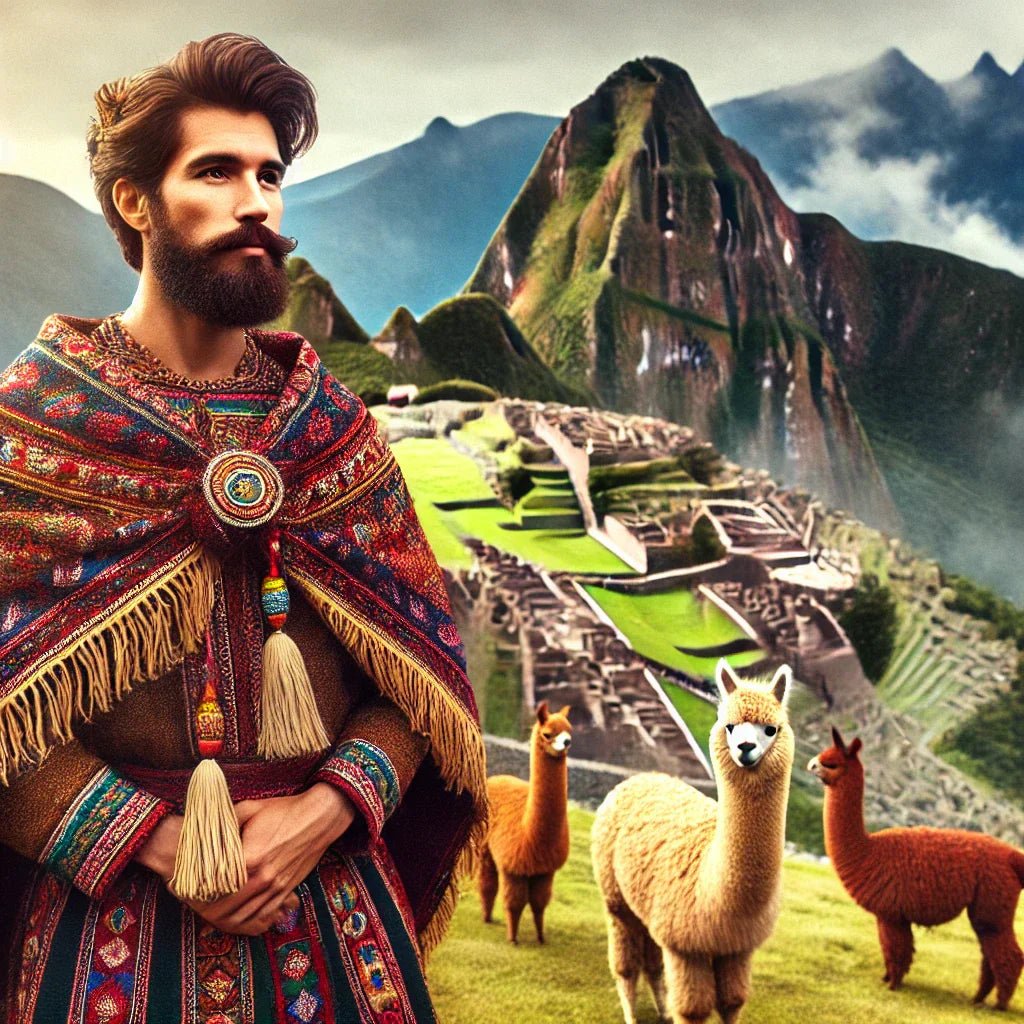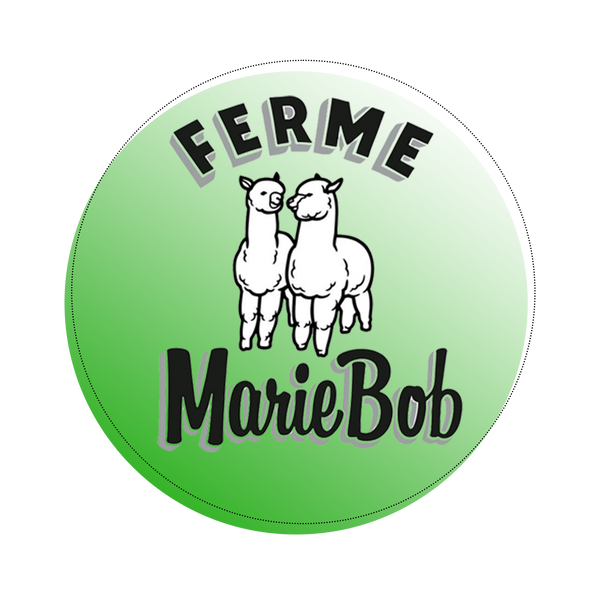
The wonderful story of alpaca fiber, the fiber of the gods!
The Fascinating History of Alpaca Fiber: A Treasure of the Andes
For millennia, alpaca fiber has been considered one of the world's most luxurious textiles. Native to the high plains of the Andes, this natural fiber is prized for its exceptional softness, warmth, and durability. But what is its history? How did it survive through the ages to become a coveted material worldwide?
The origins of alpaca fiber
The history of alpaca fiber dates back over 6,000 years to the pre-Columbian civilizations of South America. The Incas, in particular, played a major role in breeding and selecting alpacas to produce a fiber of unparalleled quality.
During the Inca era, alpaca wool was considered a precious commodity, often reserved for nobility and royalty. It was nicknamed “the fiber of the gods” due to its fineness and incredible softness. Inca artisans wove sumptuous garments for religious ceremonies and rituals and traded this precious fiber for other goods throughout the empire.
The colonial period and the decline of the alpaca
With the arrival of the Spanish conquistadors in the 16th century, alpaca farming declined sharply. The Spanish, unaware of the value of this fiber, imposed sheep farming at the expense of Andean camelids. The alpaca population declined drastically, and their precious wool was largely replaced by sheep wool, which was less expensive but also less effective in terms of thermal quality and durability.
Fortunately, some isolated indigenous communities in the Andes continued to raise alpacas and preserve their ancestral know-how, which allowed this tradition to survive.
The revival of alpaca fiber in the 19th century
In the 19th century, interest in alpaca fiber was revived thanks to the industrialization of textiles and the British explorer Sir Titus Salt. Salt rediscovered the exceptional quality of this wool and developed a process for spinning it efficiently. He then introduced alpaca fiber to Europe, particularly England, where it was quickly adopted by the elite and used in the manufacture of luxury clothing.
Since then, the international textile industry has become increasingly interested in alpaca, and the demand for this precious fiber has continued to grow.
Alpaca today: a sustainable and ethical product
Today, alpaca fiber is still produced primarily in Peru and Bolivia, where millions of alpacas are raised in the high Andean mountains. Thanks to its softness comparable to cashmere and its superior strength to sheep's wool , alpaca has become a material of choice for ethical and sustainable fashion.
Unlike other animal fibers, alpaca wool production is environmentally friendly . Alpacas have a much lower environmental impact than sheep: they don't uproot the grass they graze on and require fewer water and resources for their breeding. In addition, their fiber is lanolin-free, making it hypoallergenic and easier to process without harsh chemicals.
Wearing alpaca fiber every day means wearing a bit of history.
The history of alpaca fiber is one of resilience and the gradual valorization of a textile treasure once reserved for Inca emperors. Today, thanks to the efforts of Andean communities and the growing interest in natural and sustainable materials, alpaca wool is experiencing a real boom on a global scale.
Whether in the form of soft sweaters , elegant scarves or even eco-friendly dryer balls , alpaca fiber continues to seduce with its unparalleled comfort and respect for the environment. A precious heritage, passed down from generation to generation, which today finds a place of choice in fashion and everyday products.
